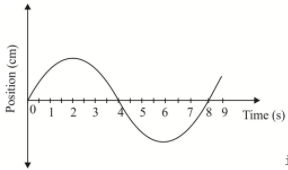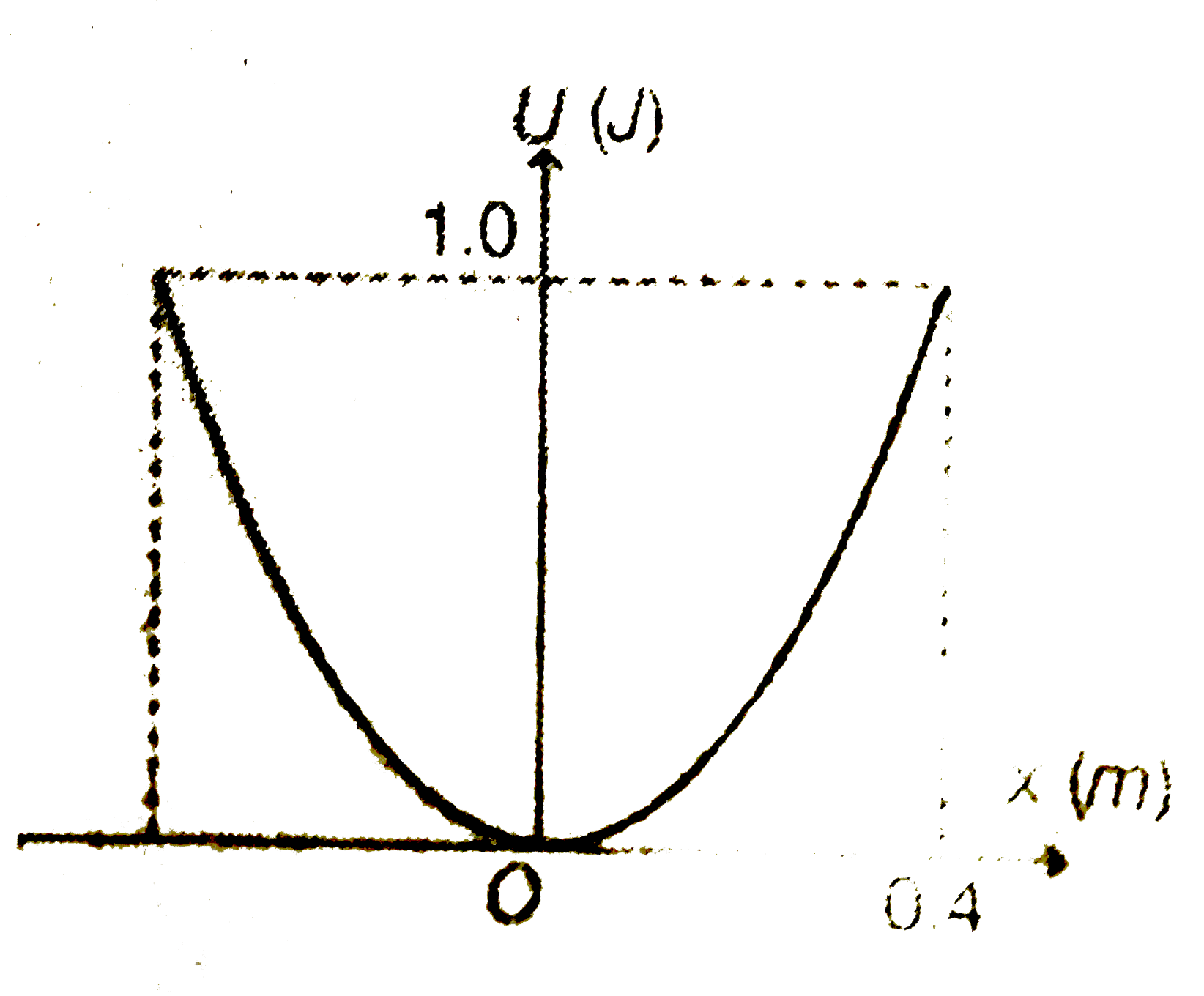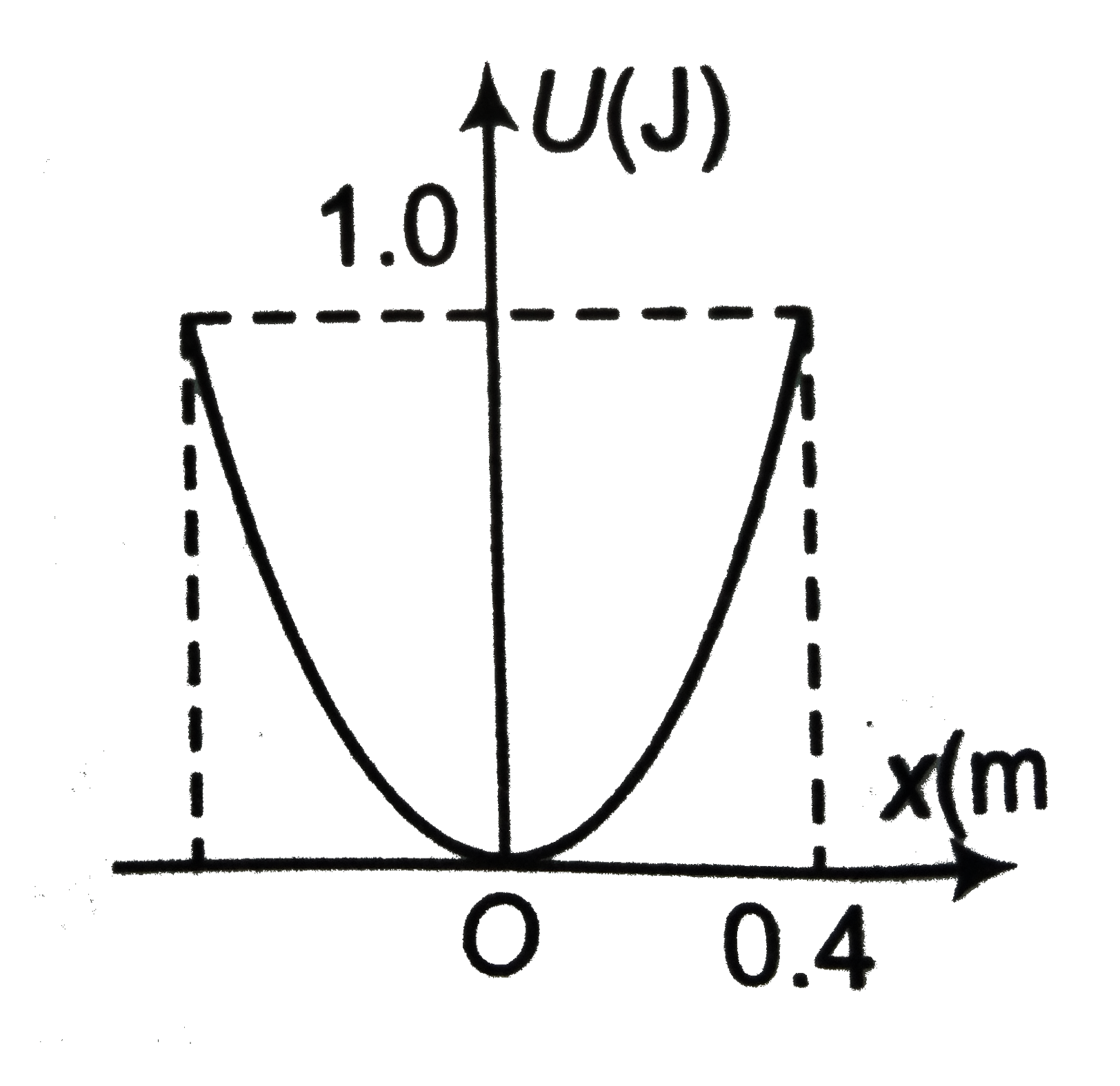A 5kg mass bounces in simple harmonic motion at the end of a spring. At which point the acceleration of the mass is the greatest?
When the spring is fully compressed and when the spring is fully extended
When the spring is at its rest length
When the spring is halfway between its rest length and is fully extended or compressed length
The acceleration is constant.
The correct Answer is:A
Step by step video, text & image solution for A 5kg mass bounces in simple harmonic motion at the end of a spring. At which point the acceleration of the mass is the greatest? by Physics experts to help you in doubts & scoring excellent marks in Class 12 exams.
Updated on:21/07/2023Topper's Solved these Questions
Similar Questions
A block of mass 5 kg executes simple harmonic motion under the restoring force of a spring. The amplitude and the time period of the motion are 0.1 m and 3.14 s respectively. Fnd the maximum force exerted by the spring on the block.
View SolutionConsider the graph shown for the position of a ball attached to a spring as it oscillates in simple harmonic motion. Which of the following is correct?
The speed of ball is greatest at 2s
(ii)The speed of ball is greatestat 4s
(iii)The acceleration of ball is greatest at 2s
(iv)The acceleration of ball is greatest at 6s

View Solution
Knowledge Check
In simple harmonic motion, acceleration of the particle is zero, when its
Avelocity is zeroBdisplacement is zeroCboth velocity and displacement are zeroDboth velocity and displacement are maximumIf a particle is executing simple harmonic motion, then acceleration of particle
Ais uniformBvaries linearly with timeCis non uniformDBoth (2) & (3)In a simple harmonic motion, the restoring force or restoring acceleration is directly proportional to
Athe displacement and both are in the same directionBthe displacement and both are oppositely directedCthe angular displacement and both are in the same directionDthe angular displacement and both are in the opposite direction
A particle at the end of a spring executes simple harmonic motion with a period t1 while the corresponding period for another spring is t2 if the oscillation with the two springs in series is T then
View SolutionA particle of mass = 2kg moves in simple harmonic motion and its potential energy U varies with position x as shown. The period of oscillation of the particle is nπ5 second. Find value of n.

View SolutionA particle of mass 2kg moves in simple harmonic motion and its potential energy U varies with position x as shown. The period of oscillation of the particle is

View SolutionA block of mass 2kg executes simple harmonic motion under the reading from at a spring .The angular and the time period of motion are 0.2cm and 2πsec respectively Find the maximum force execute by the spring in the block.
View SolutionAssertion: Simple harmonic motion is the projection of uniform circular motion on the diameter of the circle in which the latter motion occurs.
Reason: Simple harmonic motion is a uniform motion.
View Solution